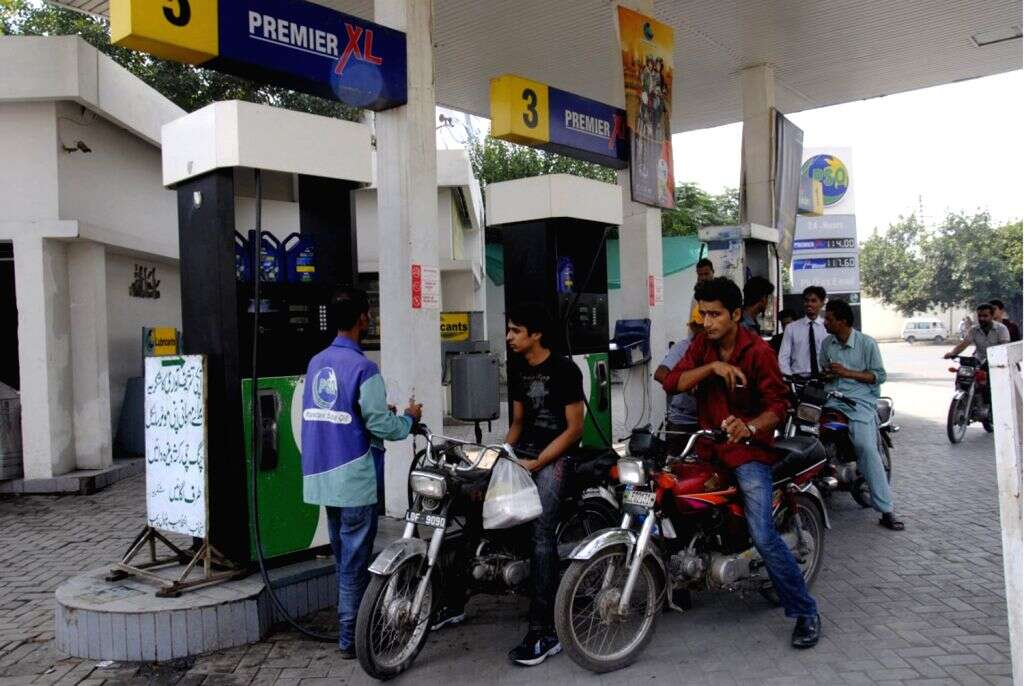In a welcome decision, the caretaker government of Pakistan has opted to maintain the price of petrol at a stable rate of Rs283.38 per liter until November 15, offering a respite to the general public in the wake of recent increases in gas tariffs. Furthermore, the High-Speed Diesel (HSD) price will also remain steady at Rs303.18 per liter. To add to this relief, the government has taken the commendable step of reducing the prices of kerosene oil by Rs3.82 per liter and light diesel oil by Rs3.40 per liter for the next two weeks, effectively setting their rates at Rs211.03 and Rs189.46 per liter, respectively.
The Petroleum Landscape
- Petrol Price Stability: The caretaker government’s decision to maintain the petrol price at Rs283.38 per liter offers stability to consumers.
- High-Speed Diesel Unchanged: High-Speed Diesel (HSD) price remains steady at Rs303.18 per liter, alleviating concerns of cost increases for this essential fuel.
- Reduction in Kerosene Oil Prices: The government’s move to lower kerosene oil prices by Rs3.82 per liter brings relief to households and businesses.
- Light Diesel Oil Rate Decrease: A Rs3.40 per liter reduction in light diesel oil prices provides cost-effective options.
Taxation and Levy
The government is committed to easing the burden on the public, as evident from its decision not to impose a general sales tax (GST) on petroleum products. Simultaneously, the petroleum levy (PL) on petrol remains at Rs60 per liter. In the previous fortnight, consumers witnessed a significant reduction in petrol prices by Rs40 per liter and HSD by Rs15 per liter.
Gas Tariff Hike
However, it’s important to note that while petrol and diesel prices remain stable, the natural gas tariff underwent a substantial increase, reaching up to 172% for various consumers. This change was necessitated to address the longstanding circular debt issue in the gas sector, aligning with the demands of the International Monetary Fund (IMF). This, although a difficult pill to swallow, is a necessary step toward economic sustainability.
Affordable LPG
In a bid to provide some balance and relief to consumers, the Oil and Gas Regulatory Authority (OGRA) has taken the initiative to reduce the rates of liquefied petroleum gas (LPG) by Rs9.69 per kg for the month of November. This action will make domestic cylinders more affordable, especially for households that rely on LPG for their cooking and heating needs.
In conclusion, the caretaker government’s decision to maintain petrol and diesel prices at their current levels, coupled with reductions in kerosene and light diesel oil rates, offers much-needed relief to the public. This balanced approach, alongside the decrease in LPG rates, demonstrates a commitment to easing the financial burden on households. However, it’s essential to understand that the increase in natural gas tariffs is aimed at addressing larger economic challenges, aligning with international demands for financial stability.
FAQs
1. Why did the government maintain petrol and diesel prices?
The government decided to keep petrol and diesel prices unchanged to provide relief to the public after recent increases in gas tariffs and to stabilize fuel costs.
2. What is the current petrol price in Pakistan?
The current petrol price in Pakistan is Rs283.38 per liter.
3. How much did the natural gas tariff increase?
The natural gas tariff increased by up to 172% for various consumers to address the circular debt issue in the gas sector.
4. What is the reason behind the reduction in LPG rates?
The reduction in LPG rates was made to make domestic cylinders more affordable for consumers.
5. How long will these price changes last?
The petrol and diesel prices will remain stable until November 15, while the reduced rates for kerosene and light diesel oil will also be in effect for the next two weeks.
